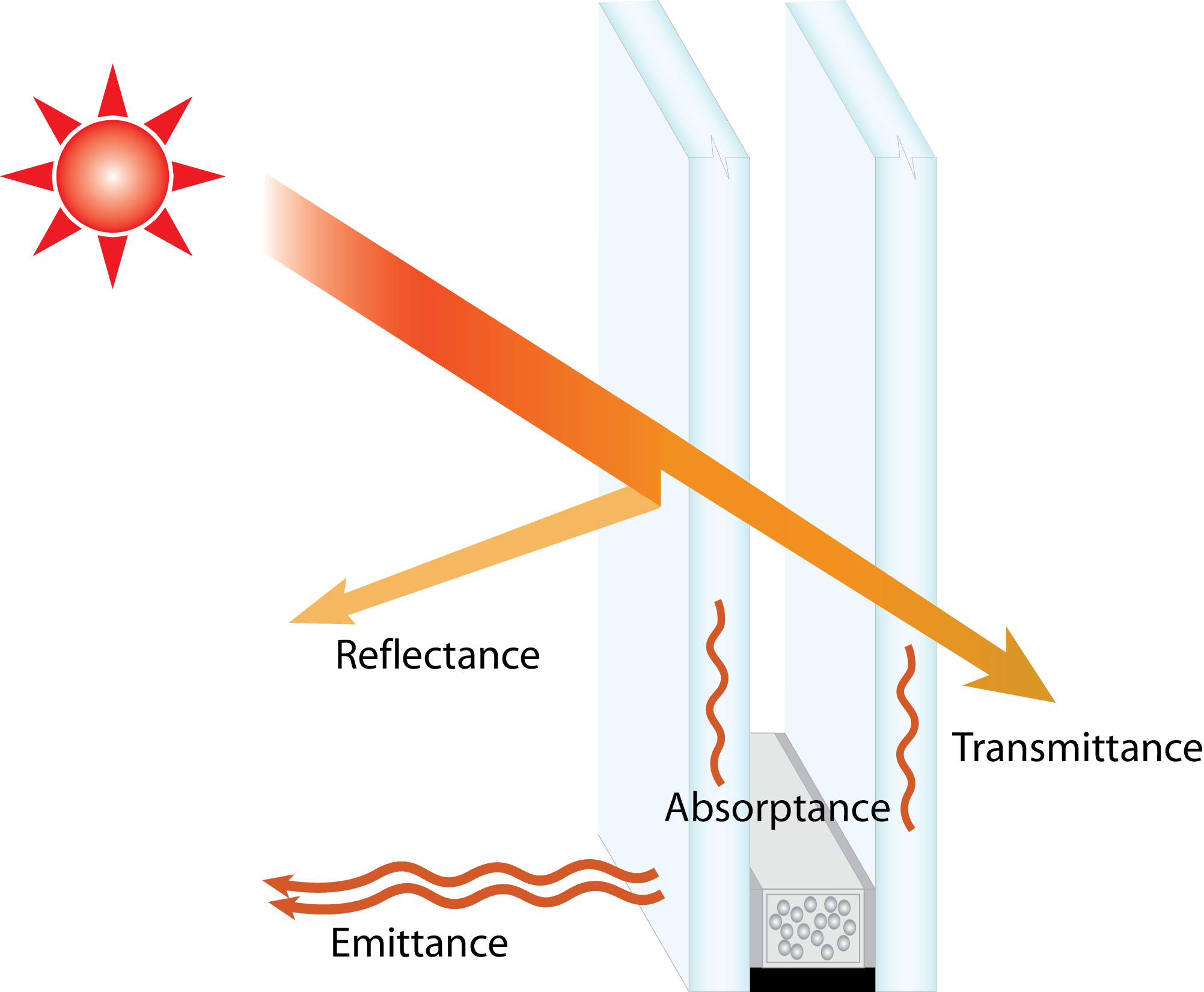High-Performance Glass for Sustainable Design
Learning Objectives:
- List the energy efficiency and aesthetic attributes architects should consider when specifying high-performance glazing.
- Evaluate different glass samples to select the most appropriate type and style for a project in order to satisfy comfort and sustainability goals.
- Discuss current standards and certification programs that can help support sustainable design goals when specifying high-performance glass.
- Explain how lowering visible light transmission through high-performance glass can improve the comfort and health of the occupants, while supporting energy-savings goals and providing ample light within the building.
- Note the use of oversized glass as a growing design trend and highlight some considerations.
Credits:
This course is approved as a Structured Course
This course can be self-reported to the AANB, as per their CE Guidelines
Approved for structured learning
Approved for Core Learning
This course can be self-reported to the NLAA
Course may qualify for Learning Hours with NWTAA
Course eligible for OAA Learning Hours
This course is approved as a core course
This course can be self-reported for Learning Units to the Architectural Institute of British Columbia
This course is part of the Glass in Architecture Academy
Introduction to Glass
Glass is a physically unique product that is made from sand, soda ash, and salt cake. The basic formula for glass is 75 percent silica sand, then soda ash, salt cake, dolomite, rouge/iron oxide are added. Metal oxides are added to the formula to obtain a variety of colors. For example, adding iron can change the glass to a green color. Iron and sulfur or selenium make the glass bronze. Copper and cobalt turn glass blue. Selenium, cobalt and iron turn glass gray.
During processing, glass is melted and cooled with care. The result is rigid but distorted molecules that resemble what we readily recognize as glass which can be used to not only provide occupants with views of the outside world, but also enhance the facade of a building or structure.

Photo ©Tim Griffith
The selected glass coating for Salesforce Tower is a high-performance, low-e coating on clear bent and flat glass with a visible light transmission of about 50 percent.
Glass for commercial and residential construction is typically manufactured as sheet glass. Sheet glass is often created using a float glass process. Float glass is made by floating molten glass on a bed of molten tin. This allows the sheet to be uniform in thickness and flatness. The float glass process makes clear and tinted glass in standard thicknesses ranging from 1.7 millimeters to 12 millimeters, and various sizes commonly up to 130 inches by 204 inches (also known as jumbo glass). Some manufacturers offer thicker and larger glass sizes.
After glass is floated, any specified glass treatments or coatings are applied in a separate process. Simply put, glass is floated, then coated. Over time, technological advances in glass treatments and coatings have made glass a much more chemically and mechanically stronger product. To improve the performance of glass, low-e coatings and heat treatments are specified depending on the needs of the building and occupants. Low-e coatings provide reflectivity, transparency, and energy efficiency. These will be discussed in more detail throughout the course.
Picking the Perfect Glass for Any Project
After determining how glass will be used to execute the design intent of the building, the architect or designer can examine which high-performance glass will deliver on the needs of the occupants. Building orientation, the window-to-wall ratio, and shading elements can impact glass needs for the overall building objective, including light transmittance and energy performance.
Building orientation refers to the direction the building faces. By understanding building orientation, the architect or designer can accommodate for glare, while also taking into consideration the fluctuations of light transmittance from summer to winter months.
Heat transference is another consideration. Depending on the climate, it may be preferable to keep outside heat from entering the building in order to limit the strain on cooling systems. However, in cooler climates, it may be more energy efficient and cost-effective to allow heat from the sun to enter the building and help warm interior spaces.
After determining the building orientation and how it will be affected by sun exposure, the architect or designer should consider the window-to-wall ratio and shading elements. Shading elements can include natural structures such as trees and cliffs/mountains, or it can include nearby buildings or other outside man-made structures. The ratio of windows to the wall and shading elements directly affects the amount of sunlight that enters a building.
In the past, to make a building more energy efficient, smaller windows were specified for projects. The idea was that the smaller the window, the less chance there was for solar heat gain. Thanks to vast improvements in glass technology and fabrication, buildings can be very energy efficient (sometimes up to 100 percent efficient) with large expanses of glass, which allow for vast exterior views and more daylighting reaching occupants, which has been proven to improve well-being.
Considering Thermal Heat Transfer When Specifying Glass
Desired design aesthetic, building orientation, and window-to-wall ratio are all variables used to determine potential thermal heat transfer within the building. Thermal heat transfer occurs when sunlight enters a building through the building envelope. In the context of glass and the building envelope, the amount of heat allowed into the building is measured as the solar heat gain coefficient (SHGC). Heat loss means heat is transferred from a warmer area to a colder area while moving through the material—in this case, glass. The rate of the heat flow is measured as the rate of heat transfer, or U-value. The resistance to the heat flow is measured by the reciprocal, or R-value.
When sunlight hits a material, the material will reflect or absorb the light and energy or allow it to pass through. Glass’s ability to manage solar energy is measured as SHGC. The SHGC equation (or RAT equation) is:
100% = R(%) + A(%) + T(%)
In this equation, R is reflection, A is absorption, and T is transmission of heat. The solar heat gain coefficient is the percentage of solar energy that is transmitted. A related concept is emissivity, which is the material’s ability to take the heat that is absorbed from the sun and either disperse it inside or outside the building.

Image courtesy of Guardian Glass
Shown is a visual account of the how sunlight and glass interact. The percentages of light that are reflected, absorbed, and transmitted are represented in the RAT equation.
Understanding Glass Coatings
When light hits the glass, the specified coatings will determine what percentages of thermal heat are reflected, transmitted, or absorbed. The glass plus the coating create a complete glass product that includes the specified color, reflectivity, and energy performance.
Glass that reflects or absorbs more thermal stress on the exterior side of the glass will prevent heat from the sun from entering the building. However, in rare instances it may be preferable to have more heat transmitted than reflected. That’s why it’s vital for the architect or designer to understand the needs of the occupant as well as environmental factors that will affect heat and light transmittance.
Coatings can be applied a few different ways; however, the most popular method is through an “offline” process that occurs after the float glass is produced, using a magnetron sputter vacuum deposition (MSVD) coater. This is more commonly known as “sputter coating.” The sputter coating technology process applies coatings in a vacuum after the float glass process, allowing multiple thin layers of metals and oxides to be applied to the glass in a very uniform manner. Sputter coatings consist of multiple layers of metals and oxides; their combined thickness is one-thousandth the thickness of a human hair. By using various gasses such as argon, nitrogen, and oxygen, and by layering metallic and dielectric layers in different sequences, a wide variety of coatings are produced to meet most design and performance requirements.
















